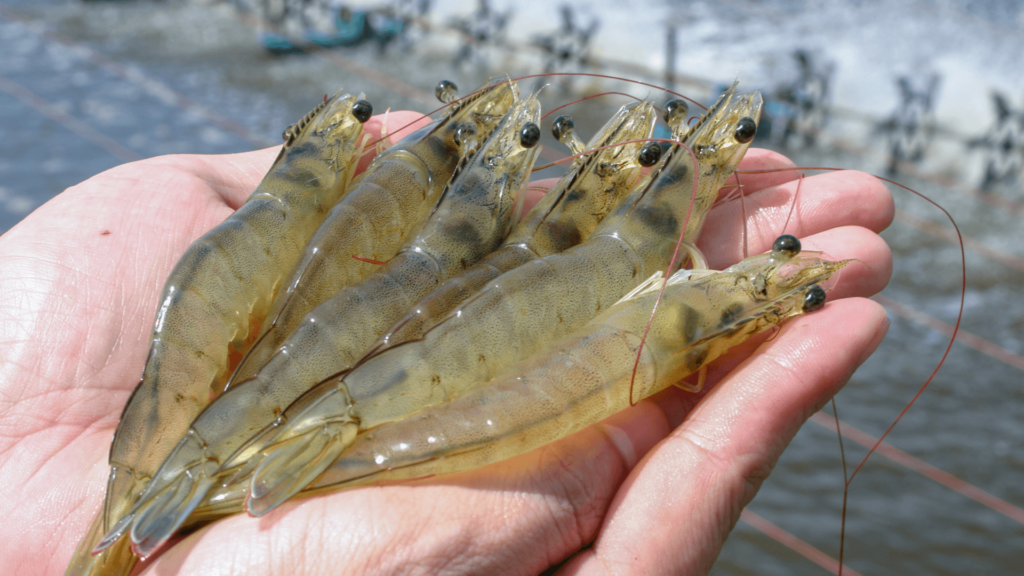Alongside UV treatment, safeguarding against WSSV involves sterilizing tools, quarantining new arrivals, and responsible disposal of infected shrimp. These actions collectively mitigate the virus's influence on shrimp populations.
In recent years, various viral pathogens that can cause significant economic losses for shrimp farmers have threatened the Schrimp Industries. The World Organization for Animal Health refers to five viral pathogens that can affect penaeid shrimp, including:
WSSV is the most dangerous, as it can wipe out entire shrimp farms and has been found in at least 93 different arthropod species.
This virus was first discovered in northern Taiwan in 1992 and quickly spread throughout Asia. It was later found in the United States in 1995 at a shrimp farm in South Texas. While the specific way the virus arrived in the US is unknown, frozen-bait shrimp played a part in its introduction. Since then, WSSV has been identified in most of the world’s major shrimp-harvesting nations.
The white spots on the shrimp’s limbs and exoskeleton have been linked to shrimp egg and brood stock outbreaks. In addition to these visible symptoms, infected shrimp may experience loss of appetite, and reddening of the affected area. The virus preys on various cell types, including epithelial and connective tissues, hematopoietic nodules, hemocytes, gills, skin, the digestive system, muscles, and nerves. Cannibalism, where healthy shrimp devour ill or dying shrimp, is the most common way for the virus to spread among shrimp. Direct contact with virus bits in the water is another mechanism of transmission.
Despite the discovery of the WSSV virus’s DNA in 1997, there is currently no viable treatment for the disease. Attempts to use immunostimulators and other immunization approaches have proven ineffective. However, research is ongoing into the feasibility and economics of modifying the genes of penaeids to create resistance to the virus. In the meantime, environmentally friendly techniques such as strict hygiene rules and water treatment are vital to prevent the spread of the disease.
The virus travels through water, and an effective way to control its spread is through UV-light water treatment. The University of Arizona’s Environmental Research Laboratory found that UV water treatment can entirely remove the WSSV’s viral infectivity effects. A threshold of 30 mJ is ideal, making UV a low-cost option even for high flows. Moreover, UV has a compact size, low environmental impact, and low maintenance needs, making it easy to include in existing infrastructure.
In addition to UV treatment, other methods prevent the spread of WSSV. For example, Sterilizing tools and equipment before use, screening and quarantining new shrimp arrivals, and properly disposing of dead or diseased shrimp can all help to reduce the virus’s impact.

WSSV is a highly transmissible virus that can cause significant problems for shrimp farmers. While there is no current cure for the disease, strict sanitation methods, such as UV-light water treatment, can help control its spread. Researchers are currently studying the feasibility of modifying the genes of penaeids to create resistance to the virus. Nevertheless, using environmentally friendly techniques should remain at the forefront of practical solutions to prevent the spread of WSSV. By following strict hygiene rules and water treatment methods, the shrimp industry can continue to thrive and provide a vital food source for millions worldwide.
Share: